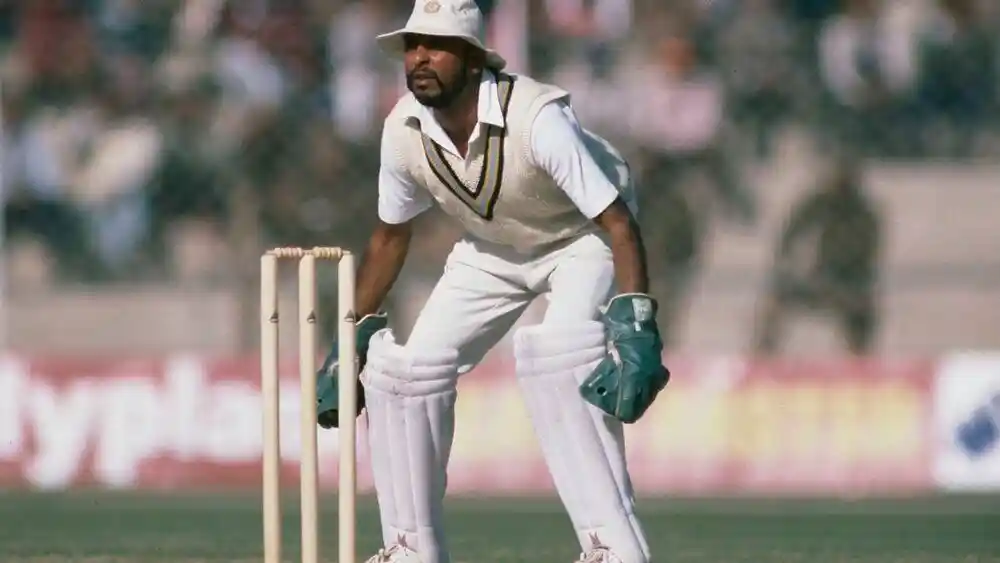The magic man Kirmani
Who’s the best wicketkeeper India has ever seen? Quite a tricky question, given we all have lived and loved different eras of the game. If you saw the game in the 60s, maybe Faroukh Engineer’s your answer, while most youngsters would name MS Dhoni. Among of mirage of the umpteen wicketkeepers we’ve given to the world, Syed Kirmani’s name gets lost somewhere, and it shouldn’t.

Former Indian Wicketkeeper Syed Kirmani. Image credits: CricketMash
Syed Kirmani’s tenure as an international player was an eventful one. Ebbs and flows rocked his boat right from the get-go. His arrival on the scene was as an understudy to the then primary wicketkeeper-batsman, Faroukh Engineer. Kirmani started touring with the team in 1971, and was still a deputy of Engineer for the inaugural ODI World Cup in 1975.
A year after the World Cup, he finally got a chance to make his international debut and he grabbed it with both hands. In his debut Test, against New Zealand, he equaled the world record of the highest number of stumpings in an innings; 6. He continued his good form against NZ when the Kiwis toured India the following year and proved to be effective against Australia.
Things, however, quickly shook up when Bharath Reddy was brought in the side in his place for the 1979 World Cup. This happened at the same time as the cricket board was juggling captaincy between Kapil Dev and Sunil Gavaskar. His back was against the wall with the growing competition and it was pertinent that he performed whenever he got a chance. On his comeback to the side in ’79-80, he scored a century as a night watchman. He was amazing with the gloves as well that season, equaling the record for the most dismissals in a series.
Kirmani was smooth and extremely effective behind the stumps. His athleticism and reflexes are still touted as world-class. He had this knack of keeping his eyes glued to the ball and not leaking any runs by byes or extras. A string of impressive performances finally earned him the status of India’s primary wicket-keeper, and it happened just in time for the 1983 World Cup.
In the 1983 World Cup, Kirmani was conferred with the award for the best wicket-keeper. He heaped praise from around the world for his antics behind the stumps, but another performance of his went under the radar.
We all know about the India v Zimbabwe game from that World Cup. That was the day Kapil Dev scored 175, coming in to bat at 17-5, and as Sunil Gavaskar once said, “changed the way ODI cricket was played forever”. Kapil Dev’s 175 remains ingrained universally, but on the other end was Syed Kirmani, who held the fort and ensured that India batted through the innings. When the 60-over-quota was completed, Kirmani remained not-out for 24 runs off 56 balls.
Unfortunately, this was followed by another poor run and was coupled with some young talent brewing in Kiran More and Sadanand Vishvanath. Kirmani was replaced by Kiran More after an injury before the Tri-Series limited overs championship and could never find a place back in the Indian XI. Even though he retired in 1986, he continued to participate in first-class cricket till the year 1994, when he finally decided to hang up his boots.
Kirmani’s vital role in India’s coming-of-age story was recognized when he was made a recipient of the CK Nayudu Lifetime Achievement award in 2016. Kirmani’s story isn’t a successful one, but one can take notes from his ability to fight back and continue till you’re down and out.


